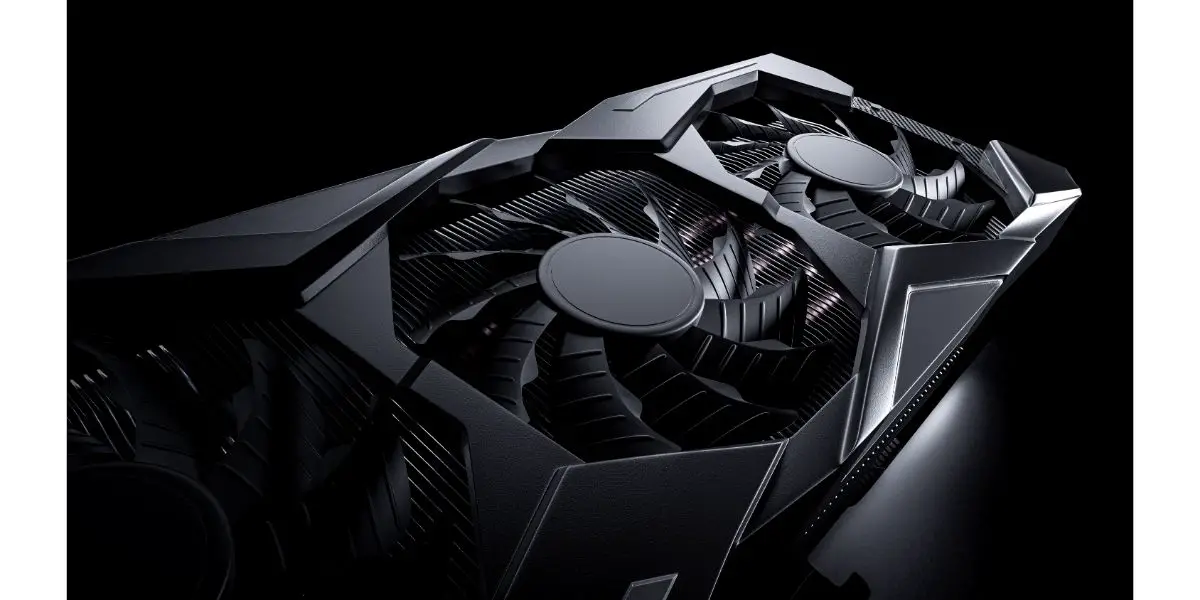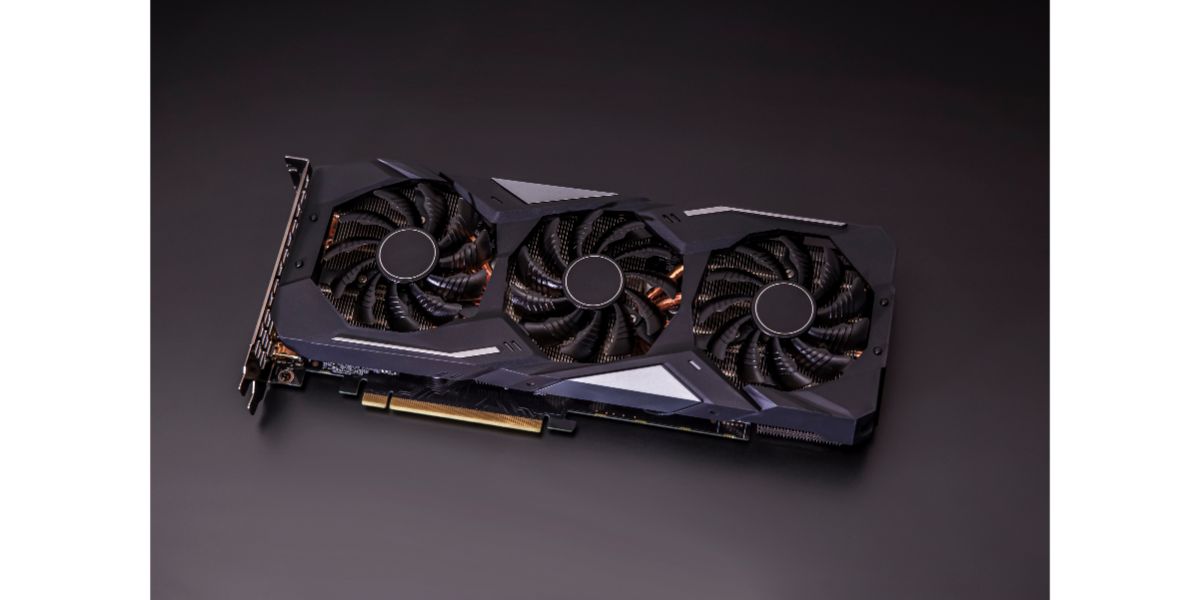Disclaimer: This post may contain affiliate links, meaning we get a small commission if you make a purchase through our links, at no cost to you. For more information, please visit our Disclaimer Page.
Building a computer from scratch is a good way to ensure that you have a system capable of doing anything you need, but not everyone has the time or money needed to build a PC. There are tons of ways you can customize your PC to get more out of it, such as undervolting. Look at what undervolting is and the pros and cons of the process to see if it’s a good option for you.
Table of Contents
What is Undervolting?
When you buy a PC, it comes with built-in limits set by the manufacturer. Undervolting is just one way you can change the system to make it work better for you. With undervolting, you reduce the power your GPU gets and uses. It’s a popular way to keep a GPU under control and prevent it from using too much power. Undervolting can significantly improve the overall performance of your computer.
Is Underclocking the Same Thing as Undervolting?
Though underclocking and undervolting are similar, they refer to different things. Underclocking lets you reduce the top speed of your processor. This can limit some of the things you do with your computer. With undervolting, you reduce the amount of power that the processor uses. Both have some pros and cons you should consider before changing your GPU.
Pros and Cons of Undervolting
Many people who undervolt their systems do so because they are interested in retro gaming. When you pick up an older system that no one has used for years, you can cause quite a bit of damage when you start gaming immediately.
Undervolting lets you lower the processor voltage and keep it the same or slowly increase it. Check out some of the pros and cons of undervolting your GPU.
Undervolting Pros
One big pro of undervolting your GPU is that it helps the system run cooler, which may extend its life. It can even stay so cool that you don’t need to use your fans as often as you did before. Don’t be surprised if your system runs quieter as it doesn’t rely on the fans. Some of the other pros of undervolting your GPU include:
- As it reduces the total power consumption, it can help you save a small amount on your power bills.
- Undervolting reduces the stress on your power supply and can make it last longer.
- Free apps and programs walk you through the process and make it much easier to undervolt your GPU.
- You can undervolt a GPU and use a smaller case while still getting all the heat dissipation you need.
- Undervolting should improve the quality and life of your battery.
Undervolting Cons
A common con of undervolting is that it leads to frequent crashes. It might sound fairly simple when you look at the steps on how to undervolt a GPU. It takes more work than you might think, though. You must be familiar with your computer and its interior workings before you attempt to undervolt it. Some of the other cons of undervolting your GPU include:
- You may need to return to the drawing board a few times to ensure that you made the right changes.
- There’s always a chance that your GPU will perform worse than it did before because you didn’t make the right choices.
Should You Undervolt Your GPU?
The best reason to undervolt your GPU is that you have a laptop or a desktop with a small case. Cases are important because they protect the internal parts from dust and other debris that can damage them. The problem with a small case is that it doesn’t have enough room to keep air moving.
When your computer runs too hot, you have an increased risk that the system will overheat. Not only can overheating cause a lot of damage, but it can lead to the loss of valuable data. Undervolting keeps the parts cool and lets you use them in a small case.
Undervolting is also a good choice if you do activities requiring much power. Crypto mining is just one of those activities. While you have the chance to make a lot of money with your PC, mining requires a lot of power and produces a lot of heat.
Undervolting keeps the system cooler. If you’re a gamer, you should also consider undervolting your GPU. You don’t need to worry about your PC running hot or overheating and shutting down as you play.
Why Does GPU Only Work When Undervolted?
You might find that your GPU only works when you undervolt it. It may become unstable and shut down when you try to play a game or do another task requiring much power. Doing a load test is easy to see if your GPU can handle the loads you usually have.
Another reason this happens is that your old system ran too hot. When your computer gets too hot, you will feel some heat coming off, especially around the vents. Laptops can produce so much heat that they even burn your legs or clothing.
Frequent overheating can shut the PC down because the fans cannot keep it cool. You risk the system shutting down before you can save your data, too. If the GPU runs well when you undervolt it, you know it has a problem with temperature control.
You may also have a problem with the GPU power supply or adapter. Power supplies usually have six pins and a male-to-male design, but you’ll also find male-to-female designs and supplies with up to eight pins.
You must ensure you buy and install the right power supply for your GPU. Using the wrong power supply can make the GPU run too hot. It can also reduce the amount of power that it receives.
How Can This Be Fixed?
There are a handful of ways you can fix a GPU that only works when it’s undervolted. Changing the memory can help. Not only can you add more memory or swap out the current memory you have, but you can also ask the GPU to save data to a different drive or folder.
You should also try using a new power cable, as the old cable may not have enough power. Never use a third-party cable or adapter as they tend to run hot and have some other known problems.
For example, contact the company before you do anything else if you bought an XFX graphics card and only had problems when you installed it and undervolted your GPU. The company may be aware of the problem. The company will ask for details about your purchase and the signs you encountered. It should provide you with a new card for free.
Try swapping out your fans, too. If your GPU only works when you undervolt it, it’s often a sign that it produces too much heat and cannot keep up with your demands. A cooling mat or pad can also help, especially if you’re a laptop user. These mats come in different sizes and have vents with fans that sit flush with your laptop’s vents.
They keep air moving around inside the case to cool down the various parts. Do not assume that a cooling mat will solve all of your problems, though. There’s a good chance that you need better or newer fans inside your case.
Don’t forget about your power supply, either. Whether you just installed a new GPU, replaced the old power supply, or undervolted the GPU, you might have some problems because you have a faulty power supply on your hands. Buying from a third party can be risky.
While it helps you save money, you cannot guarantee that it will provide a solid power supply to your GPU. You can always test the power supply to see if it can handle your load sizes, but you may want to talk to a professional. A repair tech can replace your old power supply or help you pick out a new adapter that lets you use your GPU without undervolting it.
Can Undervolting Damage a GPU?
Undervolting should not damage your GPU. You have a bigger chance of damaging your GPU when you use too much power and opt for overvolting. Undervolting may slow down your system or leave behind artifacts, but it won’t damage the GPU or the system.
Some people undervolted their systems and had no problems, even after 5 to 10 years. Keep in mind that it may make your system unstable, too.
Is Undervolting Safe?
Yes, undervolting your GPU is safe. The only possible thing you need to worry about is your chipset. It’s often easy to damage this part when you have less experience. When you use the right app or follow an online video, you can easily undervolt your GPU without damaging it.
Conclusion
Undervolting your GPU can make it run faster, help with its overall performance, keep it cool, and make your power supply last longer. Plenty of free and premium apps walk you through the steps to ensure you get all the benefits without any potential problems. Undervolting your GPU is safe and comes in handy when you perform activities that need a lot of extra power.


